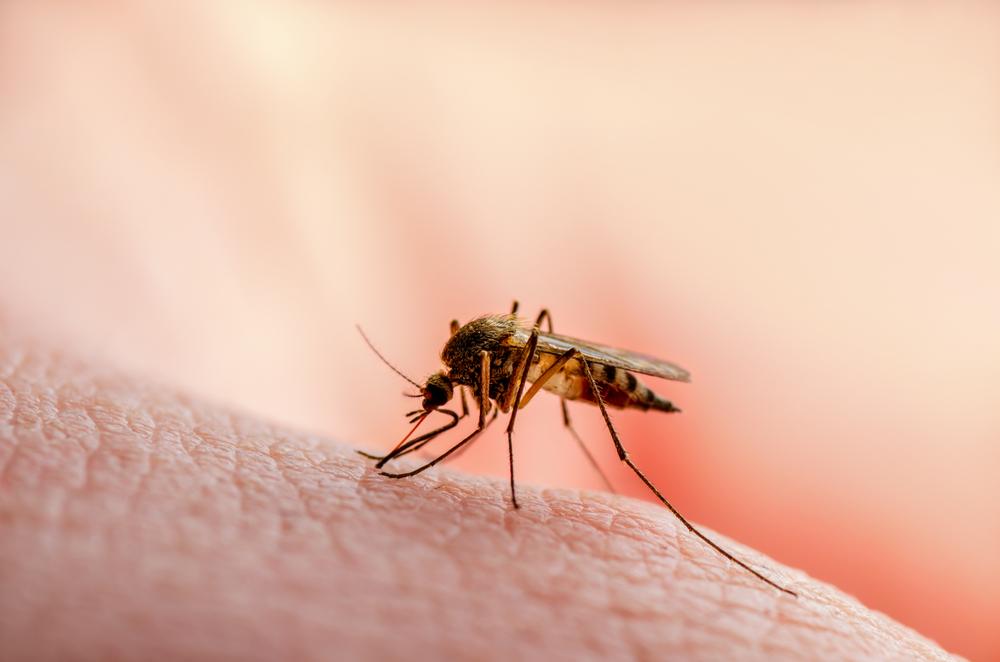
A pond can be a beautiful and tranquil addition to any garden or landscape. However, it can also become a breeding ground for mosquitoes if not properly maintained. In this in-depth guide, we will explore various effective methods on how to keep mosquitoes out of a pond, from introducing natural predators to applying safe biological controls.
To keep mosquitoes out of a pond, keep the water moving by adding a fountain or aeration pump, introduce natural predators like guppies or dragonflies, and maintain cleanliness by removing debris regularly. You can also use biological control methods like mosquito dunks containing Bacillus thuringiensis israelensis (Bti) and avoid overfilling the pond. Using barley straw or its extracts can help reduce algae growth, thereby starving mosquito larvae.
The Mosquito Menace
Mosquitoes are attracted to ponds for several reasons. They prefer stagnant water for laying eggs, and the absence of predators can make your pond an ideal breeding ground. Overgrown vegetation and poor water quality can further attract these pests. Mosquitoes pose a significant health risk as they can transmit diseases like West Nile virus, Malaria, and Zika virus. Hence, it’s crucial to control their population in your pond.
Effective Methods to Keep Mosquitoes Out of a Pond
Keep the Water Moving
Mosquitoes prefer stagnant water for laying their eggs. By adding a fountain or an electric aeration pump to your pond, you can create water movement, making it less suitable for mosquito breeding.
Add Natural Predators
Introducing fish like guppies or cichlids that feed on mosquito larvae can help control mosquito populations. Other predators like dragonflies and tadpoles can also help.
Use Pond Netting
Cover your pond with a fine mesh net to prevent mosquitoes from laying eggs on the water surface.
Maintain Cleanliness
Regularly remove dead leaves, debris, and organic matter from your pond to reduce mosquito breeding sites.
Use Biological Control Methods
Mosquito dunks containing Bacillus thuringiensis israelensis (Bti) can be used to kill mosquito larvae without harming fish, plants, or other wildlife. Bti is a naturally occurring bacterium that specifically targets mosquito larvae and is safe for the environment.
Avoid Overfilling the Pond
Overfilling the pond with water daily can help wash out mosquito larvae.
Use Barley Straw or Barley Straw Extracts
These materials can help reduce algae growth, which in turn starves mosquito larvae.
By implementing these measures, you can effectively reduce mosquito populations in your pond and create a more enjoyable outdoor space.
Environmentally-Friendly Options for Mosquito Control
If you’re looking for environmentally friendly options, consider the following:
- Water Movement: Install a small fountain, bubbler, or aeration pump to create water movement.
- Mosquito Fish: These fish feed on mosquito larvae and can be introduced to your pond as a natural way to control the mosquito population.
- Tadpoles: Like mosquito fish, tadpoles also feed on mosquito larvae and can help control their population in your pond.
- Mosquito Dunks: These products contain Bacillus thuringiensis israelensis (BTI), a bacteria that is harmful to mosquito larvae but safe for fish, plants, pets, and humans.
- Barley Straw and Barley Straw Extracts: These materials can help reduce algae growth, which starves mosquito larvae.
- Fish Stocking: Introducing fish species like minnows or bluegill can help control mosquito populations, as these fish feed on mosquito larvae.
- Pond depth and design: Mosquito larvae prefer shallow water less than 24 inches deep. Designing your pond with a depth greater than 2 feet and steep slopes or vertical walls can make it less favorable for mosquitoes.
Conclusion
Keeping mosquitoes out of your pond doesn’t have to be a daunting task. With the right strategies and maintenance, you can enjoy your pond without the nuisance and health risks posed by mosquitoes. Remember, prevention is better than cure. Regular maintenance, proper pond design, and the introduction of natural predators can go a long way in keeping your pond mosquito-free.
Frequently Asked Questions
What are mosquito dunks and where can I buy them?
Mosquito dunks are a form of biological mosquito control that contain Bacillus thuringiensis israelensis (Bti), a bacterium that specifically targets mosquito larvae. They are typically shaped like donuts and can be placed directly into the water of your pond. They are readily available for purchase at most garden centers or online.
Can any fish species eat mosquito larvae?
While many fish species do eat mosquito larvae, the most effective ones are guppies, cichlids, mosquito fish, minnows and bluegill. These fish are voracious eaters of mosquito larvae and can significantly help in controlling the mosquito population in your pond.
How often should I clean my pond to prevent mosquito breeding?
The frequency of pond cleaning can depend on several factors such as the size of your pond, the number of fish, and the amount of vegetation. However, as a general rule, it’s a good idea to check your pond weekly for any debris or overgrown vegetation, and remove them promptly. A thorough cleaning of the pond should be done at least once a year.
How does barley straw or barley straw extract help in controlling mosquitoes?
Barley straw and barley straw extracts help in controlling the growth of algae in your pond. Mosquito larvae feed on algae, so by reducing the algae population, you’re essentially starving the mosquito larvae and preventing their growth.
Is it safe to use mosquito dunks in a pond with fish and other wildlife?
Yes, it is safe. Mosquito dunks contain Bacillus thuringiensis israelensis (Bti), a naturally occurring bacterium that specifically targets mosquito larvae. It’s non-toxic to fish, plants, pets, wildlife, and humans.












